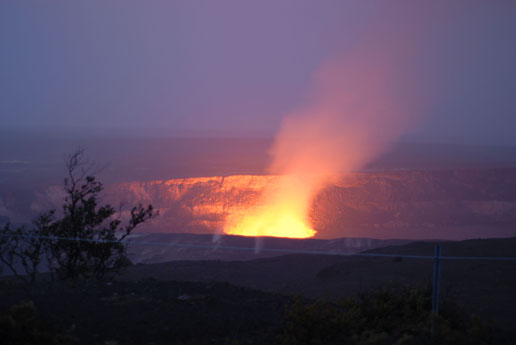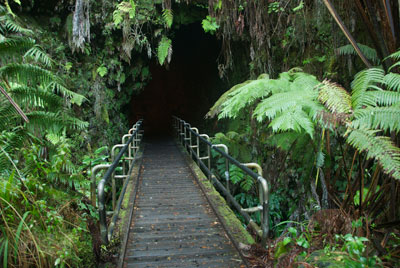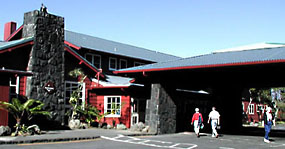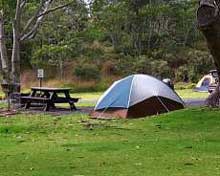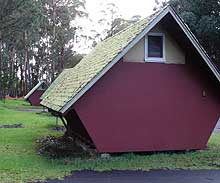I am taking a short break, this is a post from earlier in the year, but the information is important and I thought I would re-post it.
"The tourist who moves about to see and hear and open himself to all the influences of the places which condense centuries of human greatness is only a man in search of excellence."
Max Lerner
"The alternative to a vacation is to stay home and tip every third person you see."
Unknown
 |
Macchu Picchu, a place you may need to worry
about altitude sickness. |
When we travel we want to stay healthy so we can enjoy our trip.
Cruising the Nile, an elephant ride in Thailand, Machu Picchu, the Taj Mahal or a safari in Africa.
The places to go are endless, as are the reasons for going.
But regardless of where and why you go, travel should be stimulating and fulfilling, and you want to be feeling good so that you can enjoy the experience.
I have gotten sick while on vacation, and it is not fun. There are some things you can do in advance to protect yourself from illness, and there are some things you should carry with you in case you get sick. Sometimes you are required to have shots before you enter a country, and that is to protect you from diseases that are in that area. Sometimes you are not required but if you check with a travel doctor you will find that it is recommended that you have a shot to protect yourself from a disease that might be in the area. And there are other things to think about before leaving. Jet lag can affect your health. And being cooped up in a plane with hundreds of other people and their germs can also cause health issues.
Men and women were not made to travel at 35,000 feet scrunched up in a seat, quickly crossing 12 time zones, to eat and drink every three hours whether they are hungry or not. It can take a toll on you, not just with jet lag, but people catch illnesses from other passengers. There are some precautions you can take to help prevent illness and also to help with jet lag.
Things to consider before you go:
Where are you going – do you need shots?
What can you do in advance to stay healthy?
What can you do while traveling to stay healthy?
If you get sick while traveling, what should you have with you?
If you get really sick, how do you locate medical care in a foreign country?
What about travel insurance?
Where are you going – do you need shots?
If you are traveling within the USA or Canada, or in most of Europe, then you shouldn’t worry about having shots. Most contagious diseases are pretty well under control, and there are no real concerns. There are many other areas of the world where getting shots before you travel are an issue. Before you go to South America, Central America, Asia or Africa, you should definitely check to see if any shots are required for the area you will be traveling. If you do not get those shots, and they are required, then you will not be allowed to enter. You will need to have a shot record with you. As an example, we are going to Africa next year, and I know we will have to have a Yellow Fever shot. There are some areas of the world where you might want to consider having medical treatments before you go as a preventative, even if it is not required.

A travel doctor or travel clinic is the best place to check for what inoculations you might need before your trip.
These doctors and clinics specialize in knowing what is needed for the area you will be traveling in.
If you are active duty or retired in the military, or a family of a military person and have access to the military medical facilities you will probably find that you can get these services through them and for free.
I am lucky because my husband is retired military and we go to their travel clinic for our inoculations before we travel.
If you do not have that service available, then you will find there are civilian travel clinics available.
Your own doctor may also be able to get the information for you, but a travel doctor is going to be more up to date on the information than anyone else.
So, how soon before you go should you make your appointment with the travel doctor? It is recommended that you go at least 6 to 8 weeks prior to your departure. All the vaccines will then be completely effective by the time you arrive at your destination. You won’t have an achy arm on the plane, and remember that several of the vaccines which you may need require a series of shots, so it will leave enough time for that. When you make the appointment, make sure you take along your itinerary and a record of your past inoculations.
Malaria is by far the most serious infectious threat faced by travelers to the tropics. Malaria is transmitted by the bite of the female mosquito. If you are going to an area that has malaria then the travel doctor will prescribe anti-malarial medication. It is important that you take the medicine, as malaria is a preventable disease. There are some other things you can do to help prevent malaria, such as using a DEET repellent and wearing light colored clothing with long sleeves, and sleep in well-screened, air-conditioned rooms, or under a mosquito net.
What can you do in advance to stay healthy?
Be proactive about your health. Stay physically fit, mentally fit, well rested and well fed. I believe in taking vitamins, and particularly just before a trip I make sure I get all my vitamins. And even though there is no proof that it works, I take a dose of Airborne every day for the 4 days before I travel and again on the morning of the flight. It can’t hurt, and I think it gives me a little extra protection from all those germs on the airplane.
Most importantly, get your shots if they are needed, take your malaria medicine if prescribed, and take out travel insurance that covers medical, just in case you need it.
What can you do while traveling to stay healthy?
Use your common sense. It is the most important thing you can take with you on your trip. The most common problems are usually related to your stomach and bowels. Drinking water in other parts of the world can cause problems. If you are traveling in a third world country in particular, make sure the water you drink is bottled water, and make sure the bottle is sealed. Some places have been known to just refill bottles with tap water and sell it. Remember that when you order a drink and it has ice cubes in it, the ice cubes are just frozen tap water and should not be in your drink.
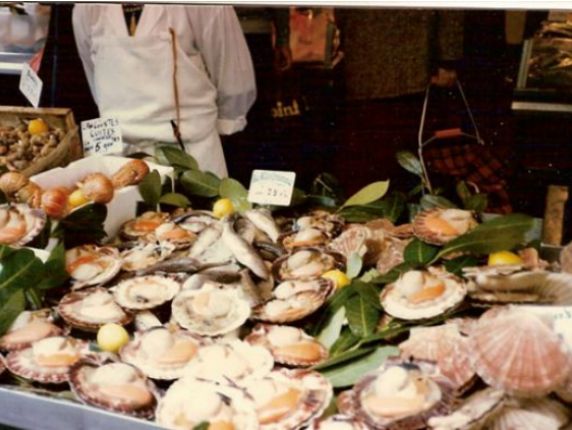 |
Be careful of the foods you eat and drink when traveling
they can be the cause of illness. |
Eating strange foods can also cause stomach problems.
I have only had a problem once and that was when I was in Paris.
I had some seafood that definitely caused me some problems.
I had severe diarrhea within hours of eating it.
So be careful what you eat.
I like to try new things but sometimes we need to be a little cautious, especially with seafood which can cause problems if it is not completely fresh.
Jet lag can cause problems while traveling, and there are a few things you can do to help prevent this from slowing you down. Jet lag occurs when our internal body clock becomes out of sync with that of our new desination. When you are flying across several time zones, it will get out of sync. I try to start the trip with my destinations time zone in my mind. I try to sleep on the plane during the time it is night time at my destination, I have to take a sleeping pill usually in order to actully go to sleep. Other things you should do while on the plane include drinking plenty of fluids (but not alcohol or caffeine drinks such as coke or coffee). Don't eat everytime they bring you food, because they will bring you a meal every 3 hours. Take a stretch or stroll once in awhile. Once you arrive, switch to their time zone and stick to it the first day. Don't go to the hotel and sleep, keep moving until it is bedtime in that time zone.
If you get sick while traveling, what should you have with you?
I always keep a bag packed with medical supplies with me when I travel. It always has band-aids (in case I get a cut), moleskins (in case I get a blister), cold pills – both daytime and nighttime (in case I get a cold), immodium (in case of diarrhea), laxative (because stomach problems when traveling work both ways), Cipro (which is a prescription, but for some reason I tend to get bladder infections when traveling, so I make sure I have it with me). I also make sure I have aspirin or Advil for pain, and sleeping pills because I sometimes have problems sleeping even at home, and on a trip it can be worse. Sleeping pills will also help me sleep on those long flights across the ocean.
 |
Me trying to decide whether to drink the
herbal cold medicine in China, Glad I did,
it worked. |
I also carry with me a few packages of a herbal cold remedy that I was given in China.
I don’t really know that much about it, but I took it in China and my cold was gone in just a couple hours.
I have taken it since then, and it really works, so now it goes with me.
If you are traveling to a place that has a high altitude, such as Machu Picchu, then you should consider the possibility of altitude sickness. You might want to carry a medicine called Diamox with you, just in case. Altitude sickness is a concern above 7,000 feet, and can be a particular problem over 12,000 feet. If you are flying into a place with a high altitude you should take a little time to acclimatize.
If you get really sick, how do you locate medical care in a foreign country?
There are countless ways of accessing medical care while you are away. First of all, if you have taken out travel insurance, then you would call the travel insurance company and they will direct you to where to go, and it will be covered under that policy. If you do not have travel insurance then your best bet is to call your local embassy or consulate in the area and they should be able to direct you to the best medical care available locally. Another option would be the hotel you are staying in. They may have a hotel doctor or they may be able to furnish you with a list of nearby doctors or medical facilities.
Obviously, the quality of medical care around the world varies greatly. You may not want to get a blood transfusion in many areas of the world and should only accept one if it is absolutely necessary to save your life (assuming you have a say in the matter). Do your utmost to ensure that it is screened for HIV. Having adequate medical travel insurance so you can quickly be evacuated to a better medical facility is a good idea.
If you have any pre-existing medical problems, it is wise to carry a letter from your doctor summarizing your conditions. That way, if you have to go to a doctor, you will have that information available for them. Your home doctor’s phone number should also be carried with you in case they need to be contacted for a consultation. Also, you should carry a list of all medications with you because the doctor abroad will need to know what medications you are on.
What about travel insurance?
I have mentioned this a couple of times above, but I would like to say again - purchase travel insurance if you are going to a foreign country. The insurance you have at home will likely not cover you if an emergency arises while you are away. You can skimp on other parts of your trip, but travel insurance can be a life-saver, literally. If you get ill in another country, your travel insurance will direct you to a doctor or medical facility. It will cover the expenses. If you are very ill, they will evacuate you to the nearest medical facility and back home as soon as this option becomes possible. The insurance will also cover emergency replacement of lost medications and supplies, as well as dental care if needed. Travel insurance will usually also cover trip cancellation, trip interruption, lost luggage as well as loss against the default or bankruptcy of suppliers. They will also assist with replacement of lost travel documents and will provide legal assistance if it is needed. Travel insurance is worth getting.
The most important thing to remember is once you know you are prepared for anything that might happen, then it is time to relax and enjoy your trip!












